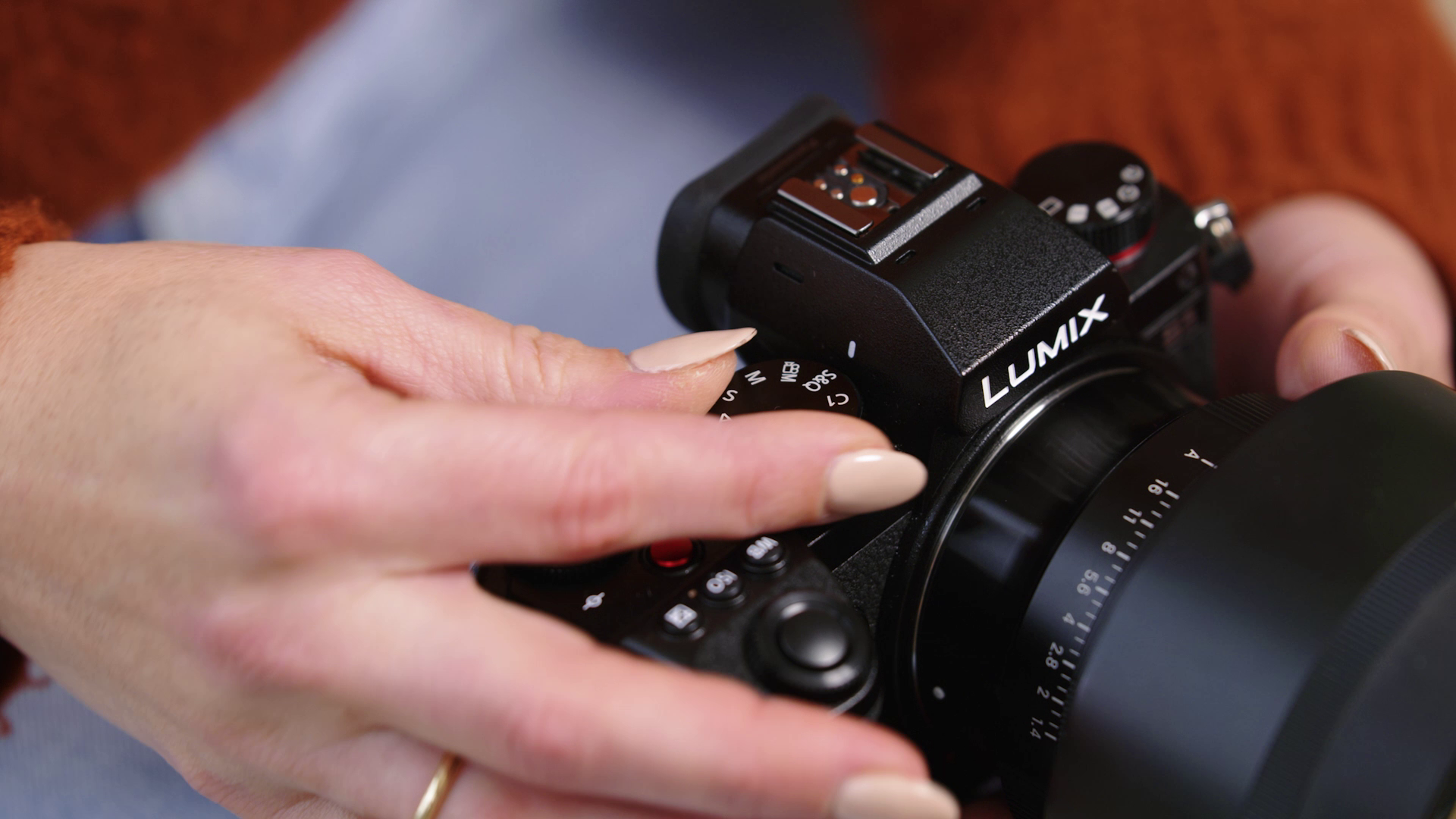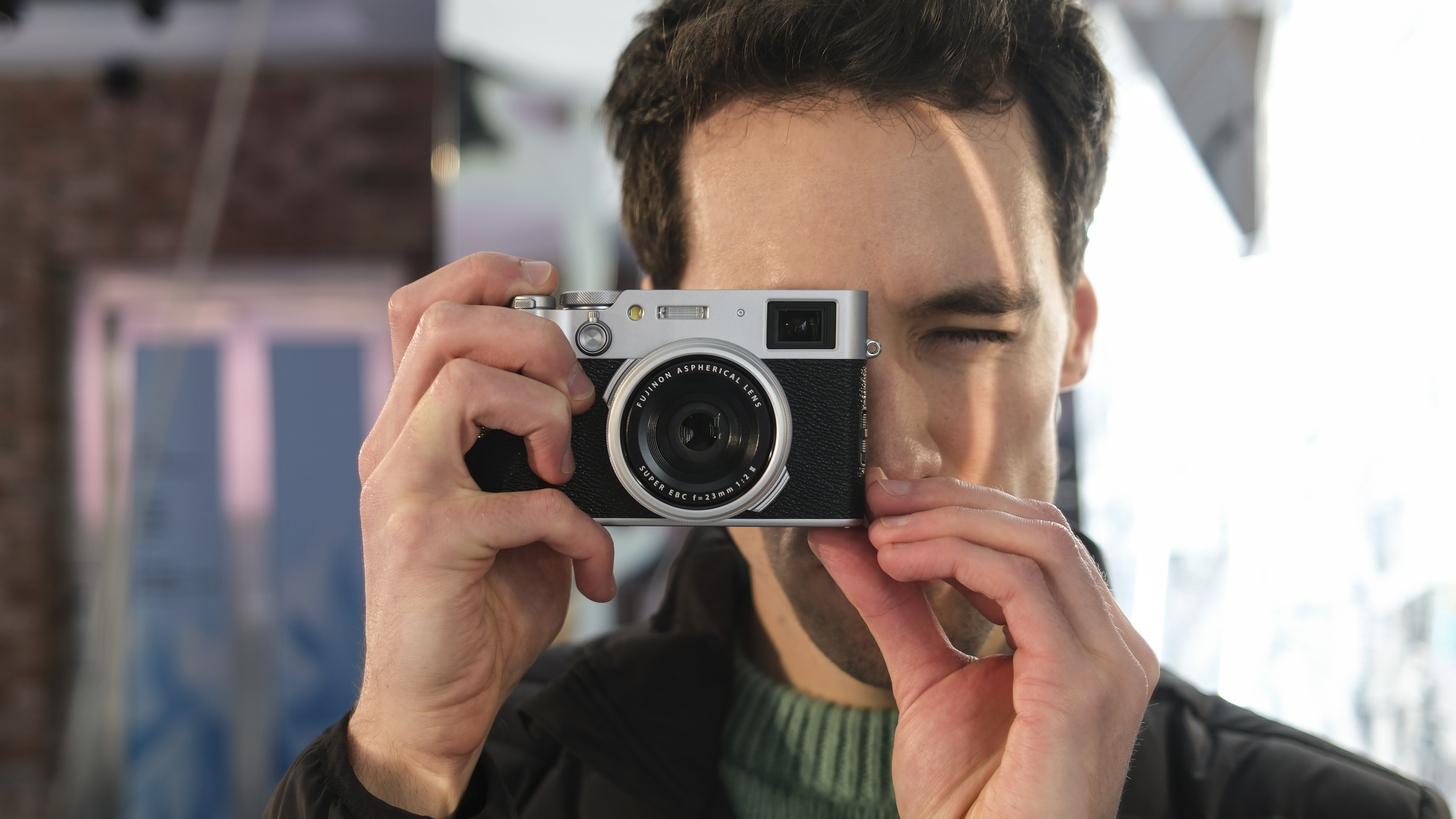10 tips for wedding videography

If you think photographing a wedding sounds like a challenge, wait until you try to film one! While both are a unique blend of artistic and documentary photography, they require completely different skill sets.
Where shooting stills is in many ways just about sheer creativity, with video there are a lot more technical considerations to take it account – and this is something that many photographers struggle with, when they branch out into videography.
Having the right camera for video is only half the battle; getting the technical stuff right will make or break your filming and post-production. We’ve put together 10 tips to set you on the right foot and make your videos as painless as possible.
1) Shoot in Log
No matter how expertly you balance your color and exposure, you will benefit from some leeway in post-production. And of course, if you get everything wrong, that leeway will literally save the day!
Shooting in a Log profile is the equivalent of taking a photograph in Raw instead of JPG, giving you a file packed with more data. This flat, low-contrast video gives much more latitude for creative color and contrast grading, as well as correcting exposure; V-Log on the Panasonic S5, for example, offers up to 14 stops of dynamic range.
2) Ensure your exposure is right
While you always want as much scope as possible to post-produce your footage, you still want to get your footage right in camera. Especially when shooting weddings, trying to balance brilliant-white bridal gowns with dark-suited guests and groomsmen, achieving an even exposure can be an exceptional challenge.
Making use of video exposure tools is key. Zebras are the easiest way to make sure that you don’t overexpose your shots, by superimposing ‘zebra stripes’ when your highlights are getting too hot.
3) Calibrate your camera
Of course, ‘getting it right in camera’ is incredibly difficult if your system isn’t set up ‘right’ in the first place. So making sure that your camera is correctly calibrated is extremely important.
The Waveform tool gives a more holistic view of exposure than Zebras, using a graph to display brightness. While this is an advanced way to balance exposure, it’s also ideal for calibrating your camera using tools like grey cards – which is also invaluable when using multiple bodies.
4) Show your true colors
Much like Waveforms can be used to ensure that your exposure is correct and consistent, so Vectorscopes can make sure that your color is accurate straight out of camera. This is especially vital if you aren’t shooting in Log or Raw, as your leeway for editing will be greatly reduced.
Obviously accurate color is important for ensuring that skin tones, bouquets and wedding garments are faithfully captured (again, especially across multiple bodies), but it’s also key to achieving the best grading in post production.
5) Escape from lockdown
Nobody wants shaky video. And when filming one of the biggest days of a family’s life, it’s an especially big no-no! That’s why your best bet for smooth, steady shots is to lock your camera down on a tripod with a video / fluid head. However, there are times when you need to go handheld – and at this point you have two options.
The first is to use a gimbal; an external rig that employs gyroscopes to keep the camera level at all times. Choose a camera with excellent in-body image stabilization, though, and you can virtually eliminate unwanted shake while performing handheld camera moves. Cameras like the Panasonic S5 offer up to 6.5 stops of compensation, which is also invaluable when shooting stills.
6) Choose the right lenses

Picking the right lens is perhaps the single most crucial part of wedding videography. Too wide or too long, you miss the shot. Aperture not fast enough, you miss the shot. Focus not fast enough, you miss the shot.
Arguably the best all-round optic is one of the ‘trinity lenses’ – professional-caliber zoom lenses with fast f/2.8 apertures. We recommend a 24-70mm f/2.8, known as a ‘standard zoom’ because it features a 50mm ‘standard’ mid focal length, as well as covering wide and light telephoto ranges, making it a very versatile optic.
However, beyond covering all the bases, you’ll also want a lens that enables you to get creative. You might want a macro lens, for example, to get ultra-close shots of the wedding rings, or detail on the wedding dress. Or you might opt for a dedicated portrait lens, such as the Panasonic Lumix S 85mm f/1.8, which is ideal for capturing magical shots that separates subjects from backgrounds and creates dreamy, cinematic bokeh and blur.
7) Be prepared for low light
If you’re shooting an outdoor wedding in bright sunshine, this will be less of an issue. Many ceremonies take place in dimly lit churches and chapels, though, and receptions and first dances spill into the evenings – so being ready for poor lighting conditions is important.
The Panasonic S5 is built specifically for challenging conditions, thanks to its dual native ISO circuits. Put simply, this gives you the benefit of two base ISO sensitivities (one at ISO640, and another at ISO4000) rather than just one that degrades as you push the scale. This gives you the best of both worlds, as your footage will benefit from increased low light sensitivity without introducing unwanted noise, for much cleaner shooting.
8) Don’t forget the sound!
It goes without saying that videography is primarily about the video – but the video is no good if you can’t hear what the married couple saying “I do”. Nothing lets a video down faster than poor sound, so make sure that you’re considering your audio.
In an ideal world your camera will have both a microphone jack, with which to record external audio, and a headphone jack, with which to monitor it. Whether you’re going for an on-camera shotgun mic or lapel-mounted lavalier mics, make sure you don’t skimp on quality. The best option is to use professional XLR inputs – which you can do with the Panasonic S5, thanks to the XLR Microphone Adaptor DMW-XLR1.
9) Don’t be scared of slow-mo

When used with consideration, slow-motion can be a fantastic effect that creates emotion, mood, and cinematic flair. At the same time, when overused it can be cringe-inducing, so be wary! A few carefully selected shots – such as the bride’s dress moving serenely in slow-motion during a dance – can be very potent.
To achieve slow-mo shots, you’ll need to shoot at 120 frames per second (fps) – a frame-rate that not all cameras can achieve. However, other cameras can shoot even faster; the Panasonic S5 can capture up to 180fps for super slow-motion shots.
10) Try a time-lapse
Capturing the mood of a wedding day isn’t just about the ‘finished product’. If it was, all the happy couple would want are shots of the ceremony and first dance – but of course, things like the bridal makeup shots and other preparation are a massive part of the day.
Try going beyond the standard reportage or behind-the-scenes style imagery with a time lapse. Whether it’s the venue setting up the tables, the caterers preparing the food, or the AV team kitting out the reception, bodies like the Panasonic S5 can capture in-camera 4K 60p time lapses with a built-in intervalometer.

The best camera deals, reviews, product advice, and unmissable photography news, direct to your inbox!
Digital Camera World is one of the leading authorities on camera and photography news, reviews, techniques, tutorials, comparisons, deals and industry analysis. The site doesn't just specialize in cameras, but all aspects of photography, videography and imaging – including camera phones, gimbals, lenses, lighting, editing software, filters, tripods, laptops, printers, photo books, desks, binoculars and more.
Whether you're using, looking to buy or trying to get the most out of a compact camera, action camera, camera drone, cinema camera, beginner camera or professional camera, Digital Camera World has a roster of experts with combined experience of over 100 years when it comes to cameras, photography and imaging.

